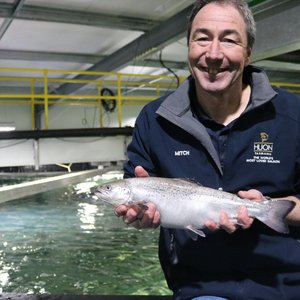Benchmark discovered a significant quantitative trait locus (“QTL”) for Streptococcus iniae resistance in tilapia. Streptococcus infections are among the most critical disease challenges in tilapia production and this technological breakthrough presents a significant opportunity for the industry to reduce this infection and the use of antibiotic treatments.
Benchmark’s genomic analysis from controlled disease resistance trials has shown that a significant proportion of the genetic variation for resistance is caused by a small region of DNA – a Quantitative Trait Locus or QTL. Benchmark has made a patent application in relation to its discovery.
The QTL identified will be used to select broodstock with high levels of Streptococcus iniae resistance for the production of commercial fry. Currently, Benchmark selects broodstock for improved resistance to Streptococcus agalactiae using genomic selection, and for resistance to Streptococcus iniae by Marker-Assisted Selection using the S. iniae QTL.
This is the first time that a significant QTL for disease resistance in tilapia has been identified and used for commercial breeding. It represents an important step forward in the genetic improvement of tilapia and. Benchmark’s commercial Spring Tilapia fry will be available to producers during early 2020.
Morten Rye, Genetics Director at Benchmark Genetics said that “this breakthrough in tilapia genetics is the result of many years of investment and commitment to bringing state-of-the-art breeding technology to this important farmed species. Today global tilapia production exceeds 6 million tons and we believe that this breakthrough will allow the industry to continue to grow to produce more of this cost effective, high-quality, protein source for humanity.”













